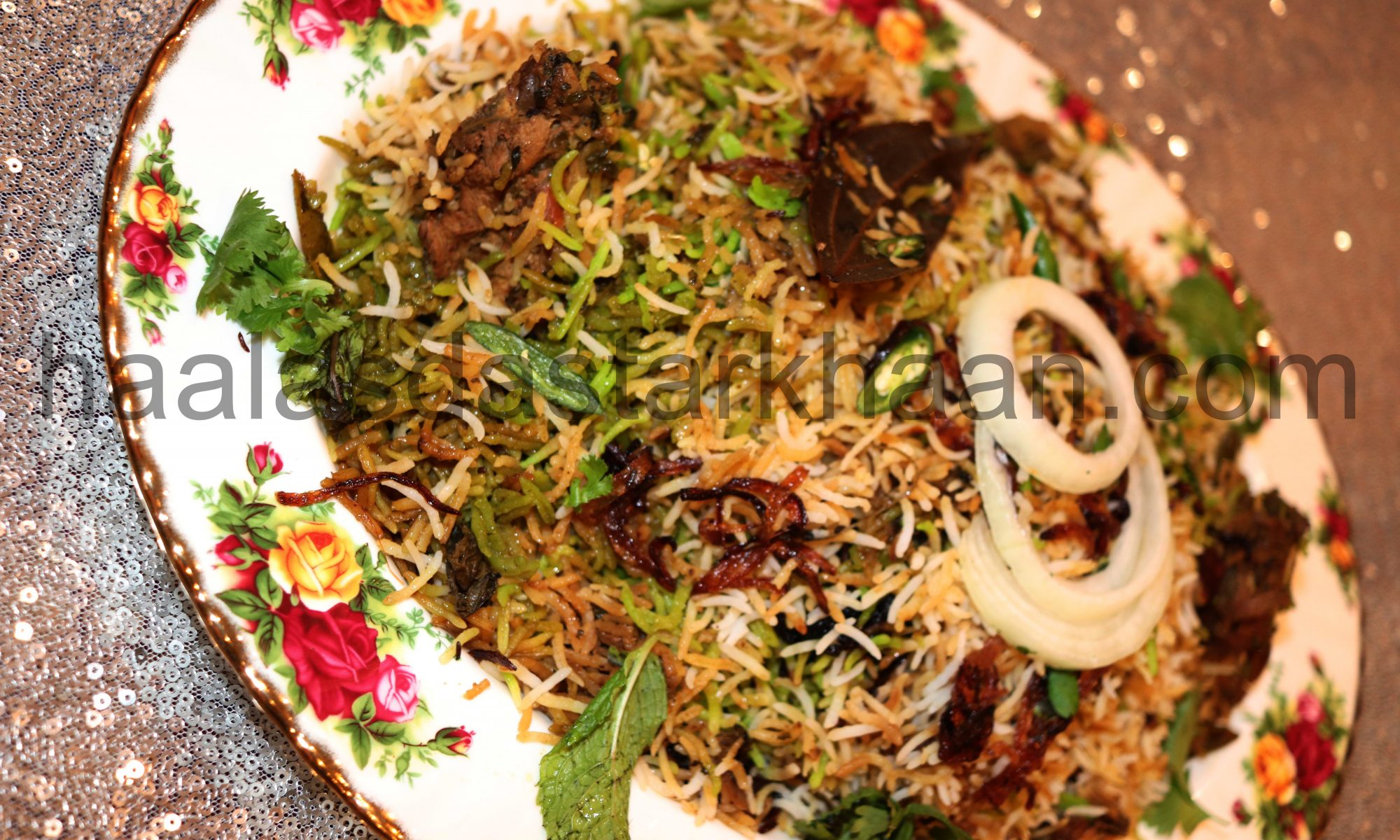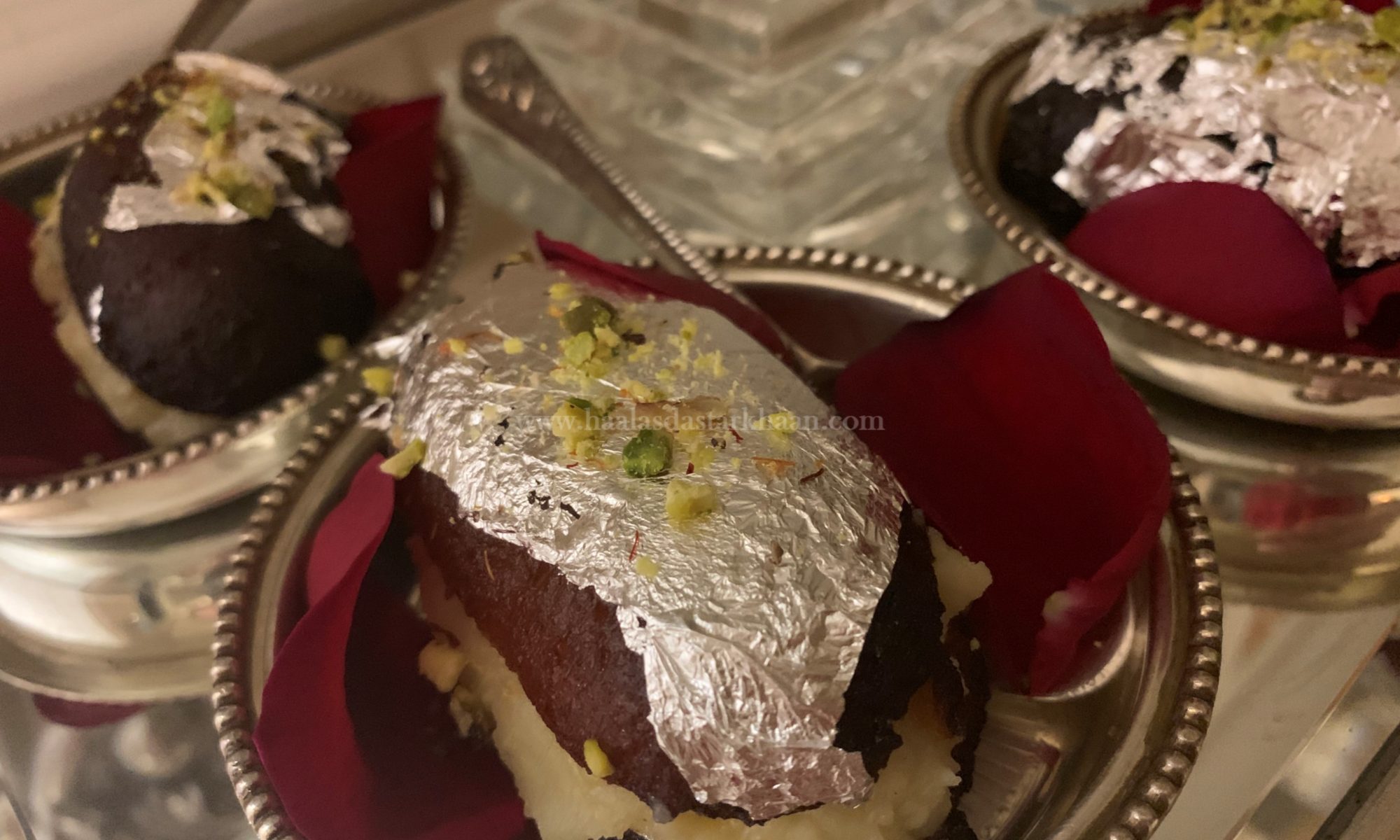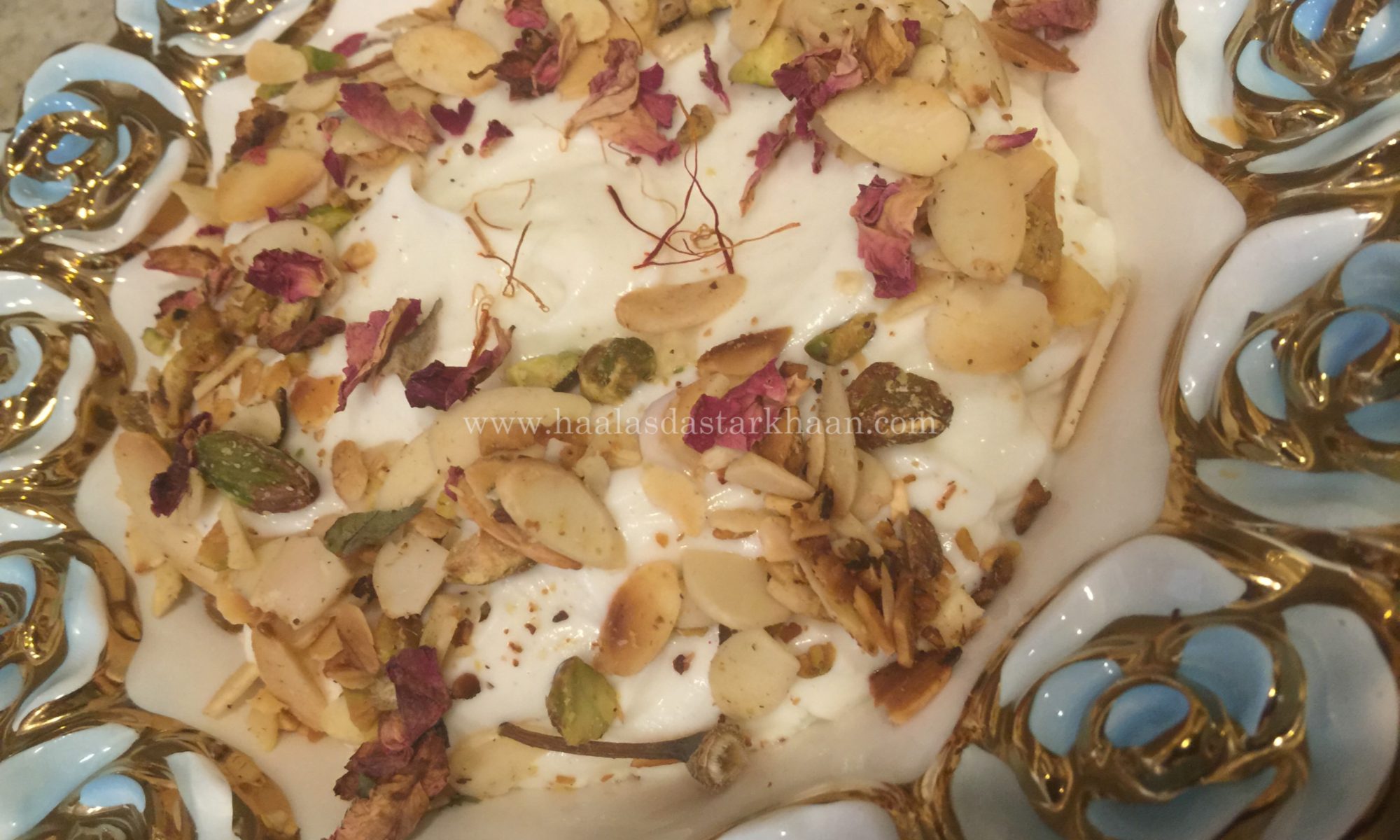Gulab Jamun are the “go to” sweet dish for every home in India. Popular, Likeable, or should I say lovable by every soul. And, if you love Gulab Jamuns, then a Gulab Jamun Sandwich just comes in as something fancier and nicer.
Though Gulab Jamuns aren’t referred to as Bengali sweets, but I think the variation has nothing to do with Bengal. Gulab Jamun sandwich is a milk solid based rich sweet from the Indian subcontinent, very popular in India, Nepal, Pakistan. In Maldives they call it Gulab Jaanu Sandwich, and in Bangladesh, its called Gulaab Jaam Sandwich.
It is made mainly from milk solids, traditionally from Khoya, which is milk reduced to the consistency of a soft dough. Mixing in butter, flour, and milk/yogurt with the soft Khoya and form cylindrical balls, deep fry and add them to the sugar syrup. The sugar syrup is made of sugar, water, saffron, cardamom powder and rose water. Modern recipes call for dried/powdered milk instead of Khoya, which is fine as well. The middle part is made of Khoya and granulated sugar. You can always add a few saffron stands and screw pine water for enhancing flavors. It is often garnished with dried nuts such as crushed pistachios and almonds to enhance flavor.
For preparing this it is necessary to give cylindrical shape to the classic or traditional Gulab Jamun and fill it with extra khoya in between. You don’t really need that little mix pack or run to the store to have these perfect, rich delights at home. Making Gulab Jamun Sandwich at home, with ingredients you will find at home, is pretty easy and not at all time consuming. The only thing you need is a perfect recipe.
Now, if you ever thought Gulab Jamun Sandwich is a gift of India to the world, you are wrong. Gulab Jamuns are actually a gift from the Mughals. All these sweet dishes that used Orange Blossom water or Rose water or screw pine water with saffron are all delicacies that came in from the Middle East and were introduced to Indian cuisine during the Mughal Era.
As the history says, the Gulab Jamuns were first prepared in the era of medieval times in India, derived from a sweet fritter recipe that a Central Asian Turkish invader brought to India. One theory also claims that it was accidentally prepared by the Mughal emperor Shah Jahan’s personal chef. All in all, it is a sweet dish inspired by the Middle east.
The word “Gulab” is derived from the Persian words gul, which means flower and āb, means water, referring to the rose water-scented syrup. Jamun is also defined as a fried delicacy in dipped in sugar syrup. A middle eastern dessert Luqmat al-qadi is very similar to gulab jamun, though it uses a different batter. Gulaab jamun Sandwich must be a variation tried by the Mughal Emperors as well, since the era has its own tales of rich food, made from Milk, saffron and dry fruits. And, I believe if a community can make use of milk solids to cook their non vegetarian dishes, they can definitely do a lot with their vegetarian sweet dish.
These outstanding Gulab Jamun Sandwich have a remarkable depth of taste and texture, achieved very carefully combining few ingredients to form cylindrical balls. Fry them slowly in ghee or oil, further soak them in syrup, Cut them from the middle and fill the middle part with Khoya filling. Decorate with a silver leaf and crushed nuts. Serve and amaze. With such detailed recipe, its hard to go wrong.


